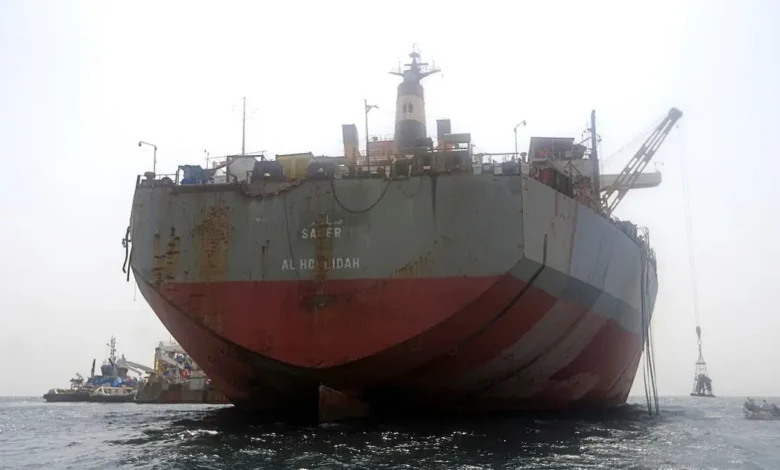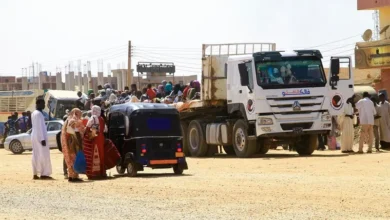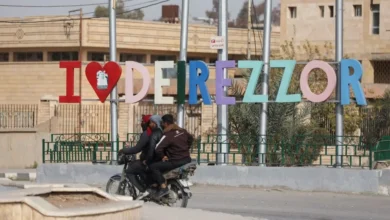Crude oil transfer from a decaying tanker off Yemen to start next week, UN says

The transfer of crude oil from a decaying tanker off Yemen will begin early next week, the United Nations said Monday of an operation aimed at preventing a damaging Red Sea spill.
The 47-year-old FSO Safer, long used as a floating storage platform and now abandoned off the Yemeni port of Hodeida, has not been serviced since the Arabian Peninsula country plunged into civil war more than eight years ago.
A team of experts in May started inspecting conditions aboard the vessel and kickstarted preparations for the operation.
It will see private company SMIT Salvage pump the oil from the Safer to the Nautica, a super-tanker the United Nations purchased for the operation to recover the equivalent of more than one million barrels of oil, then tow away the empty tanker.
“SMIT has certified to UNDP [the United Nations Development Programme] that the oil transfer can proceed, with the level of risk within an acceptable range,” David Gressly, the UN humanitarian coordinator for Yemen, told a Security Council meeting.
“The Safer is fully stabilized for the ship-to-ship transfer of the oil,” he said, stressing however that the operation “still presents residual risk” and that plans were in place to address potential incidents.
Noting that authorities in Sanaa had just given the green light for the transfer, Gressly said the Nautica was “preparing to sail” from Djibouti.
“It will moor alongside the Safer and should begin taking on the oil by early next week,” he said.
Completion of the transfer should take roughly two weeks, at which point “the whole world can heave a sigh of relief,” he added.
The unprecedented UN operation to transfer oil from the Safer — which is carrying four times as much oil as that which spilled in the 1989 Exxon Valdez disaster off Alaska — and tow the ship to a scrap yard is budgeted at some $143 million.
In the event of a spill, the UN estimates clean-up costs could top $20 billion, with potentially catastrophic environmental, humanitarian and economic consequences.










